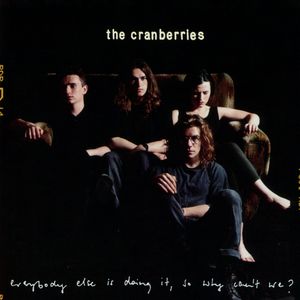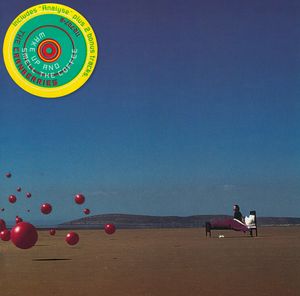

The Cranberries
Follow Your Favorite Band Today!
Top The Cranberries Community Posts
Albums
Story of The Cranberries
The Cranberries: A Journey from Limerick to Global Stardom
The Cranberries, hailing from Limerick, Ireland, burst onto the music scene in 1989. Initially named "The Cranberry Saw Us," the band comprised Niall Quinn (vocals), Noel Hogan (guitar), Mike Hogan (bass), and Fergal Lawler (drums). However, a pivotal change occurred in 1990 when Dolores O'Riordan replaced Quinn as lead singer, and the band shortened their name to "The Cranberries."
While they often classified themselves as alternative rock, The Cranberries seamlessly blended diverse musical elements, incorporating indie rock's raw energy, jangle-pop's catchy hooks, dream pop's ethereal textures, folk rock's earthy melodies, post-punk's edgy spirit, and pop rock's accessibility.
Their breakthrough arrived in 1991 when they signed with Island Records. The release of their debut album, "Everybody Else Is Doing It, So Why Can't We" in 1993, propelled them to commercial success. The Cranberries reached international stardom with their sophomore album, "No Need to Argue," released in 1994. This album featured their iconic single "Zombie," which became a stadium anthem and remains one of their most recognizable tracks.
Following the success of "To the Faithful Departed" (1996) and "Bury the Hatchet" (1999), The Cranberries transitioned to MCA Records in 2000. However, their fifth album, "Wake Up and Smell the Coffee" (2001), failed to replicate the commercial success of their previous albums, leading to dissatisfaction with the label's promotional efforts.
After a six-year hiatus from 2003 to 2009, The Cranberries embarked on a North American tour, followed by shows in Latin America and Europe. Their sixth album, "Roses" (2012), marked their return after eleven years since "Wake Up and Smell the Coffee." The band further expanded their musical palette with their seventh acoustic album, "Something Else" (2017).
The Cranberries' journey is a testament to their raw talent, diverse musical influences, and the powerful voice of Dolores O'Riordan. From their Limerick roots to international acclaim, they left an indelible mark on the music world, leaving behind a legacy of iconic songs and a devoted fan base.
Bands you may like
More Alternative Rock Bands
Explore Alternative RockDiscover more bands in the Alternative Rock genre and explore the diverse sounds that define this musical style.
Browse All Alternative Rock BandsMore Bands from Ireland
Explore IrelandDiscover the rich musical heritage of Ireland and explore bands that represent the country's unique sound and culture.
Browse All Ireland Bands








